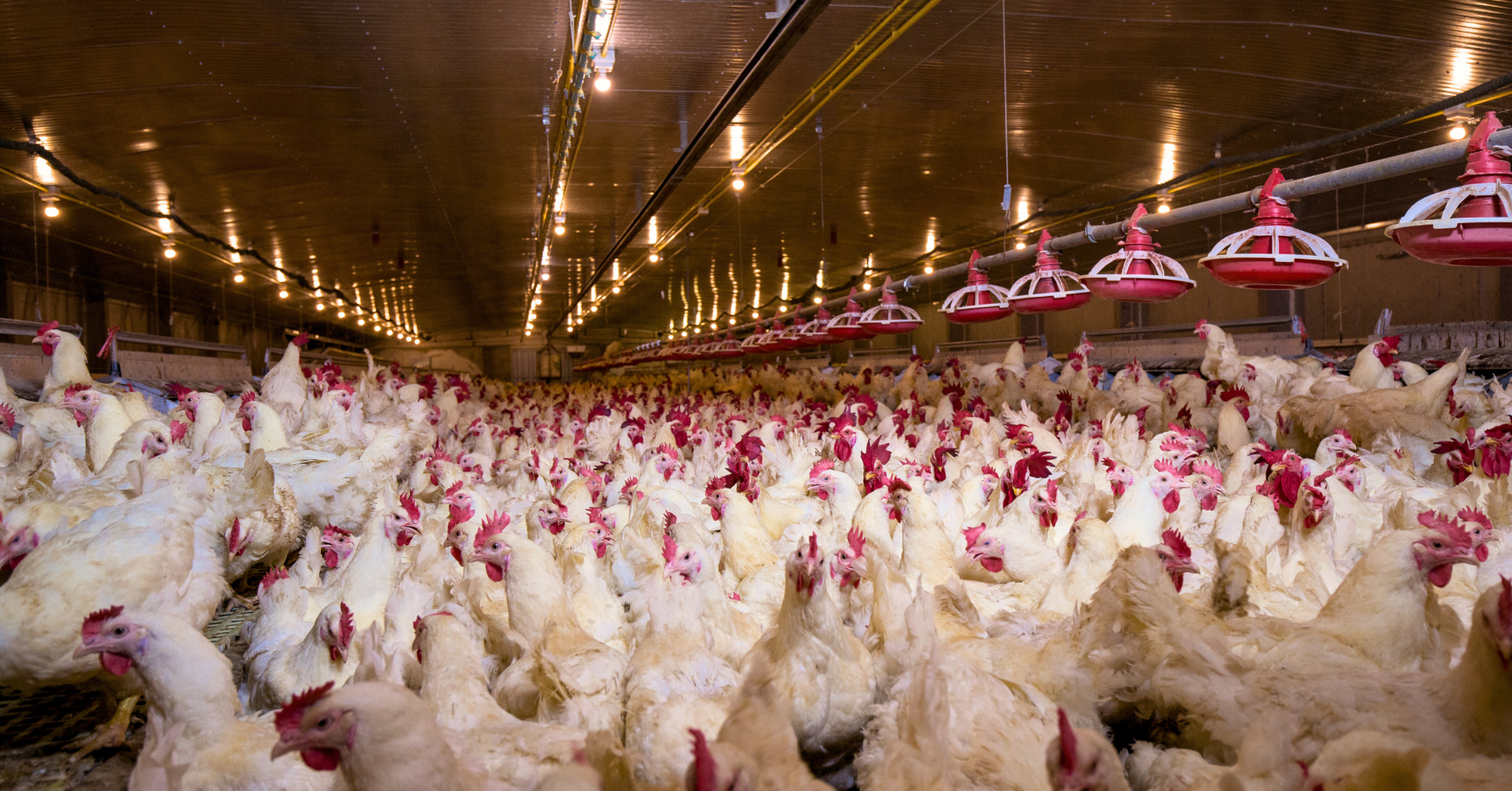
Last week, Sentient Media released an important piece about meat industry lobbying, which highlighted the industry’s combatting of animal welfare legislation through the establishment of “an ‘activist-style network’ to lobby officials with [inaccurate!] messages that the legislation was not based in science and not reflective of public opinion”.
If this sounds familiar, that’s because it is.
The animal research industry also uses “aggressive, behind-the-scenes tactics to suppress science….”
Animal use industries – whose roots are fundamentally intertwined – all follow the same playbook, which involves tactics like falsifying and skewing data, publishing only findings that can be spun to their benefit, “silencing scientists who disagree”, and “fund[ing] experts to undermine scientific findings” not to their benefit (i.e., “to create the illusion of science needed to protect government policies and industry practices”).
Indeed, as writes environmental scientist Dr. David Lewis, “we have no credible body of science in any area in which government and industry have a major stake in what gets published in the scientific literature”.
The animal research industry has also “long interfered with policy efforts to reign in abuses”.
Animal use industries stand together to prevent their regulation, and, in fact, the “unity displayed by animal-use lobbyists has produced a formidable opponent for the animal protection movement”. To be sure, since (at least) the 19th century and continuing today, the U.S. animal research and meat industries have “delayed repeatedly” efforts at reforming their practices and “invested millions in direct political efforts” to stymie reform.
And, in the rare instances in which their efforts to delay or prevent policy changes have fallen short, they have reverted to perverting, corrupting, or simply avoiding any forthcoming regulations . . . just like the animal research industry has done by creating and positioning as a government “partner” AAALAC International.
The animal research industry has also sought to defend against growing knowledge of its harms by focusing “lobby efforts along two avenues: politicians and the public”.
Explains renowned political scientist, historian, professor, and author Robert Garner:
“[T]hose who are generally hostile to the introduction of further restrictions on their ability to exploit animals have developed formidable lobbying and general public relations structures paid for by some of the wealthiest interests in their respective countries . . . Coupled [] with a captive organizational structure, a shared purpose (particularly evident in the [US]), the status of some of the participants (eminent scientists in particular) and the claim that animal exploitation produces many economic and health benefits for society as a whole, this lobby clearly has the potential to be extremely influential.”
Simultaneously, animal use industries have invested in “massive messaging arm[s]” that churn out both propaganda and outright lies to mislead and misinform the public. Ironically (and via rebuttals reminiscent of childhood I-know-you-are-but-what-am-I retorts), big players in this space often claim to be countering “misinformation in the public” spread by those who oppose their exploitative, unethical practices . . . but, unfortunately for them, the “misinformation” they reference is the truth about their industries.
And, despite all their efforts, it’s getting out.